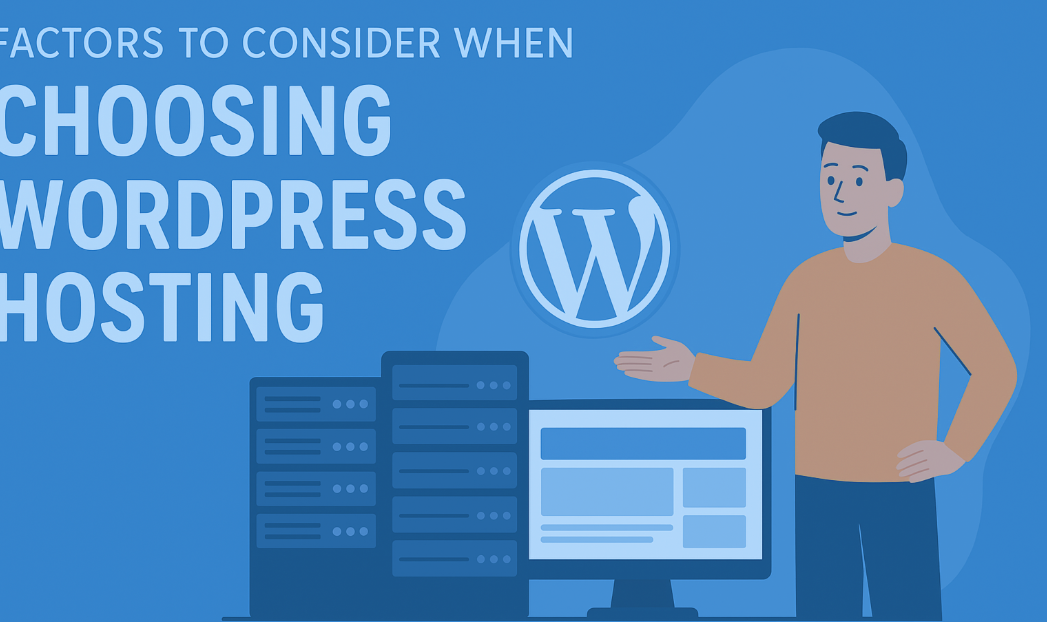Introduction: The Future of Web Development Has Arrived
As we step into 2025, the web development landscape is evolving faster than ever before. From AI-driven automation to immersive user experiences powered by Web3 and 3D design, developers and businesses are embracing technologies that make websites faster, smarter, and more secure.
Web development in 2025 is not just about building websites — it’s about creating intelligent digital ecosystems that interact, adapt, and respond to user behavior in real time. Whether you’re a developer, entrepreneur, or digital strategist, staying updated with these innovations is essential for success.
In this article, we’ll explore the top web development trends of 2025 that are shaping the internet’s future — and how you can leverage them to stay ahead of the competition.
1. Artificial Intelligence (AI) and Machine Learning Integration
AI is no longer a buzzword — it’s a game-changer in web development. In 2025, websites use AI and ML to enhance personalization, automate workflows, and improve decision-making.
How it’s changing the game:
AI chatbots powered by GPT-like models handle customer support and lead generation 24/7.
Machine learning algorithms analyze visitor data to deliver personalized content and recommendations.
AI tools assist developers by writing, testing, and debugging code automatically.
Key Tools: ChatGPT API, GitHub Copilot, TensorFlow.js
Why It Matters:
AI integration improves user experience and efficiency — resulting in higher engagement, faster response times, and better SEO performance.
2. WebAssembly (Wasm) for Lightning-Fast Performance
Performance is everything in modern web development. WebAssembly (Wasm) allows developers to run high-performance applications directly in the browser, achieving near-native speed.
Why It’s Important in 2025:
With Wasm, complex applications like video editing tools, 3D games, or AI models can run smoothly on the web without heavy installations. This technology bridges the gap between traditional software and the web.
Examples of Use:
Figma uses WebAssembly for real-time design collaboration.
AutoCAD Web leverages Wasm for 3D rendering and modeling.
Pro Tip:
If your web app demands heavy computation, integrate WebAssembly to reduce latency and enhance performance dramatically.
3. Progressive Web Apps (PWAs): The App-Like Web
PWAs are revolutionizing how users interact with websites. In 2025, more companies are shifting toward PWAs to deliver mobile-first, installable, and offline-capable web experiences.
Benefits of PWAs:
Faster loading and smoother user experience
Works offline and sends push notifications
No need for app store downloads
Why It’s Trending:
PWAs combine the best of both worlds — website accessibility and mobile app functionality — making them ideal for businesses aiming to improve mobile engagement and conversions.
Examples:
Starbucks, Pinterest, and Uber already use PWAs for global performance improvements.
4. Voice Search Optimization and Conversational UI
Voice search is growing rapidly, thanks to virtual assistants like Siri, Alexa, and Google Assistant. By 2025, over 60% of searches are expected to be voice-based.
How to Prepare:
Optimize content for natural language queries.
Use structured data to help search engines interpret voice commands.
Implement conversational interfaces powered by AI chatbots.
Why It Matters:
Voice-friendly websites improve accessibility, SEO ranking, and customer engagement — especially for mobile and IoT users.
Pro Tip:
Integrate conversational UIs with NLP (Natural Language Processing) to provide seamless voice interactions.
5. Motion UI and 3D Design for Enhanced User Experience
In 2025, users crave interactive and visually immersive experiences. Motion UI and 3D web elements are now a key part of modern web design.
Trends to Watch:
Animated page transitions and interactive scrolling.
3D illustrations and virtual product demos.
Micro-animations that guide user interaction without overwhelming the interface.
Why It Works:
Motion design not only enhances visual appeal but also helps communicate complex ideas in an intuitive way.
Tools to Try:
Three.js, LottieFiles, Blender for Web
Pro Tip:
Balance creativity with speed — heavy animations can slow your site if not optimized properly.
6. Web3 and Decentralized Applications (dApps)
Web3 is redefining ownership and privacy on the web. Built on blockchain technology, decentralized websites and dApps give users more control over data and transactions.
How Web3 Impacts Web Development:
Smart contracts enable secure, transparent operations.
Decentralized hosting prevents single points of failure.
Digital wallets replace traditional logins for secure authentication.
Examples:
Platforms like OpenSea and MetaMask are leading the Web3 revolution.
Why It’s Trending:
With rising concerns about privacy and censorship, decentralized solutions are becoming a preferred choice for developers and users alike.
7. Cybersecurity-Driven Development
As technology advances, so do cyber threats. In 2025, web developers are prioritizing security by design — integrating advanced protection features directly into their code.
Essential Practices:
HTTPS and SSL certificates as a standard
Zero-trust architecture and end-to-end encryption
AI-powered threat detection systems
Why It’s Crucial:
Google’s ranking algorithms now favor secure websites, and users are more cautious about data privacy than ever. A single security breach can cost credibility and revenue.
Pro Tip:
Use Content Security Policy (CSP) headers and Web Application Firewalls (WAF) to guard against common web attacks.
8. Headless CMS and API-First Development
Traditional content management systems are being replaced by Headless CMS platforms that separate content from presentation.
Benefits of Headless Architecture:
Faster content delivery via APIs
Flexibility to use the same content across multiple platforms (web, app, smart devices)
Easier integration with modern frameworks like Next.js or Gatsby
Popular Headless CMS Options:
Strapi, Sanity, Contentful
Why It’s a Game-Changer:
In 2025, businesses prioritize scalability, and headless systems make it easy to deliver consistent content experiences across all devices.
9. Sustainability and Green Web Development
Sustainability has entered web development. Developers are focusing on eco-friendly websites that use less energy and emit lower carbon footprints.
How to Build Green Websites:
Optimize images and scripts to reduce server load.
Use green hosting providers powered by renewable energy.
Implement dark mode to reduce screen power consumption.
Why It’s Trending:
Eco-conscious web development aligns with global sustainability goals and improves brand reputation.
Pro Tip:
Measure your website’s carbon impact using tools like Website Carbon Calculator.
10. No-Code and Low-Code Development
In 2025, the web is becoming more accessible than ever — even for non-developers. No-code and low-code platforms allow users to build functional websites and apps using drag-and-drop interfaces.
Popular Platforms:
Webflow, Bubble, Framer, Wix Studio
Why It’s Growing Fast:
These platforms cut development time, reduce costs, and empower startups and small businesses to innovate quickly.
Pro Tip:
Use no-code tools for MVPs (Minimum Viable Products) and switch to custom code for scalability later.
Conclusion: Building the Future of the Web
The web development world in 2025 is driven by speed, intelligence, security, and user experience. From AI automation and PWAs to Web3 decentralization and sustainable design, these trends are shaping how users interact with digital platforms.
Developers who embrace these innovations will create websites that are not only functional but future-proof — faster, safer, and smarter than ever before.
So, stay updated, experiment with modern tools, and keep building for the web’s next evolution. The future of development isn’t coming — it’s already here.
Readmore: Smart homes IoT




Leave a Reply